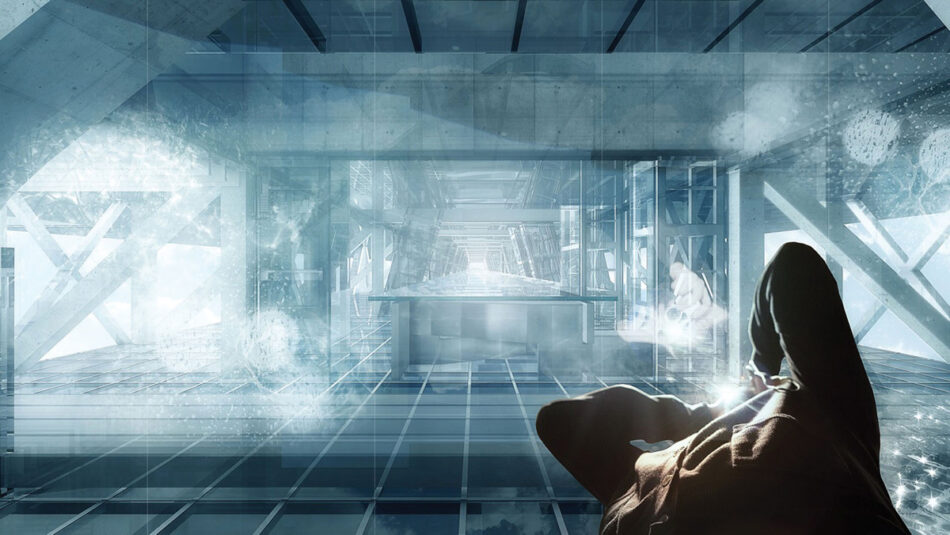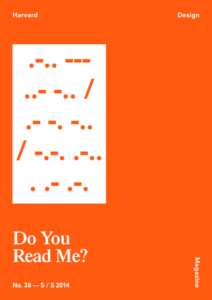The Tripping Subject
We are all familiar with the tropes of architectural visualizations: globally recurring demographic and ethnic biases, optimistic growth speed of vegetation and local economies, and unlikely bird migration patterns.
There seems to be a firm belief, ratified by the affective logic of marketing, that rather than merely to depict architecture, it is more seductive to place it within a visual composition made of other material relations. For this type of image to be effective, that is, for it to sell—literally or metaphorically—a project, it ought to render a suggestive mise-en-scène in which spectators can place themselves. So where does this situate the work of Luxigon, the renowned French architectural visualization studio, its imitators, and the popular rendering aesthetic it has spawned? What affects do the haze, glow, deep saturation, and shifting colors, light trails, extreme contrasts, and enhanced textures aim to trigger? What cultural matrix do they plug into?
Rather than images an sich—images aware of their status as things to be beheld—these renderings are illusionistic: they present a privileged, particular viewpoint on a speculative reality. The rendering software’s virtual camera plays the part of the mechanical eye, while postproduction work functions as a primitive simulation of the beholder’s brain tuning into the mental state of “seeing.” The efficacy of the image is predicated on its spectator’s acceptance of this illusion. As Pier Vittorio Aureli proposes, “images do not simply render proposed interventions, but suggest and determine ways to experience them; the representation of architecture thus becomes one with its subjective experience.” What, then, is the nature of the subjective experience suggested by Luxigon? Quite explicitly: the state of the Photoshop-brain exists in the frozen two-dimensional Cartesian theater of a hallucinating—tripping—subject.
In Luxigon’s world, a cast of audiences (clients, cities, juries, the public)—categorically members of dominant rather than “counter” cultures—are invited to trip in (and, perhaps, on) mixed-use developments, airports, museums, universities, and parks, through the eyes of a psychonaut avatar.
As a facet of the psychedelic—associated with a temporary, de-cultured, “direct” exposure to objects and events—the hallucinatory reminds us of the nonobjective nature of our perception of sensory stimuli: we can see things that are not there. But on its own, as a naïve illusion severed from lived experience and consolidated into an aesthetic, the hallucinatory signifies nothing but an ethos of speculation. Cryptix420, on the other hand, after accessing the beauty of his everyday environment obscured by its own banality, knows there is no “there” there in the first place.

“I couldn’t believe I was surrounded by this beauty all day everyday, I just have to remind myself it’s there even when I can’t see it. […] It’s seriously unreal.” —Cryptix4201
Martti Kalliala, an architect and writer, is founder of the Helsinki-based design and research practice Pro Toto.
